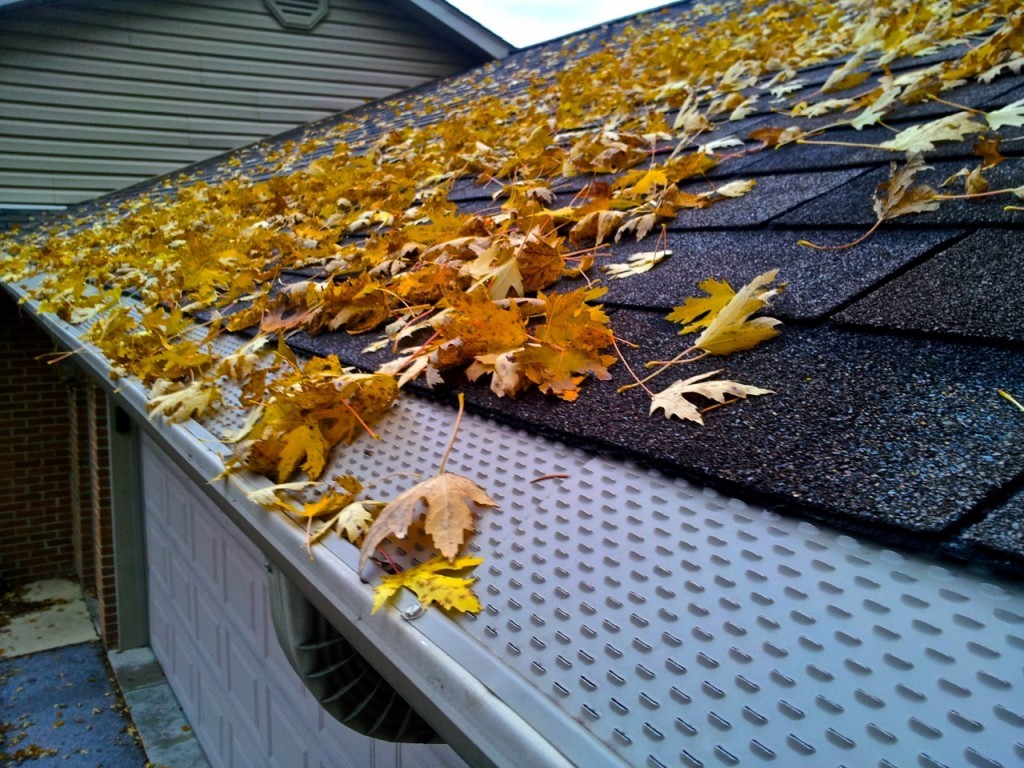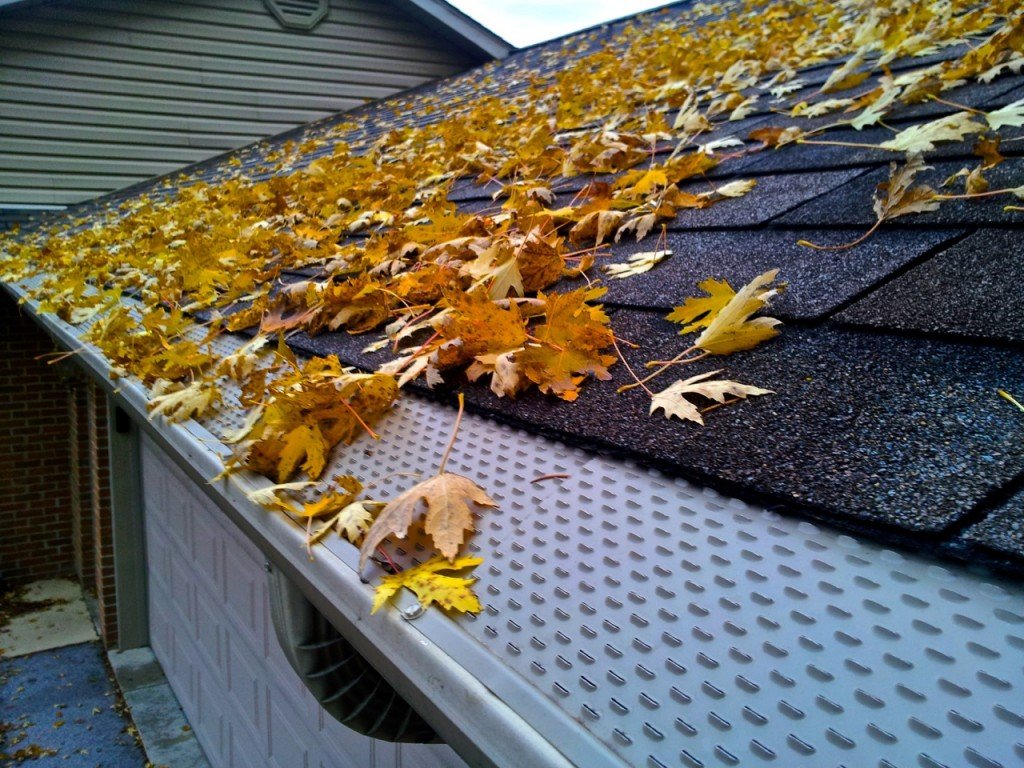The gutters that surround the eaves on your roof may seem like an afterthought, but they perform a task that is essential to protecting the structural integrity of your home. If it weren’t for those gutters, water would drip straight down, saturate the soil, and cause damage to the foundation.

The problem as it stands
Unfortunately, rain gutters aren’t always free to perform the work that they are designed for. The abundance of leaves and debris that they get usually makes sure that they are rendered useless.
The traditional advice here has always been to simply suck it up and stay on top of a cleaning routine. Some will use powerful handheld blowers to blow leaves out of the gutter, but it’s still a dirty and dangerous job. Unwilling to call in a paid handyman for such work, homeowners often turn weekend warriors, getting up on tall ladders to do the job. Untold numbers of serious fall injuries occur as a result. Much of the time, gutters simply get neglected.
Looking for a solution
Manufacturers and inventors have for long aimed for successful designs for clog-free gutters, and have tried multiple possibilities — some barely functional, others somewhat better.
A, after-market gutter screen made of mesh has been a popular idea for gutter protection for a while. The mesh lets rainwater through, but doesn’t let leaves settle in. The only problem with this solution is that it doesn’t work for long. Debris does tend to clog up the openings in the mesh.
A stainless steel spring or foam insert along the entire length of the gutter is another partially successful idea. When there is a large insert of this kind inside the gutter, leaves don’t get in. Again, this doesn’t prevent dust, debris and bird droppings from clogging up the system.
The surface tension approach finds success
The covered gutter has been most successful idea for clog-free gutters to date. Leafguard is the biggest name in rain gutters that follow the concept. While it is an otherwise regular gutter system; it comes completely covered with a solid top end. The opening for the water is in the form of a slit along the side of the gutter. The rainwater finds its way in because surface tension allows it to follow the gentle curve of the cover, right into the slit. The slit is too narrow to allow leaves, dirt, dust, debris or bird droppings in.
This solution has no downsides, other than the minor investment that installation takes. This idea doesn’t work very well with snap-in aftermarket products, although such ideas do exist.
A decision to invest in a maintenance-free rain gutter system is an excellent idea. Not only do these gutters always stay functional, they protect the home, and cut down on the possibility of injury, as well.

